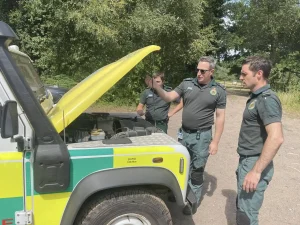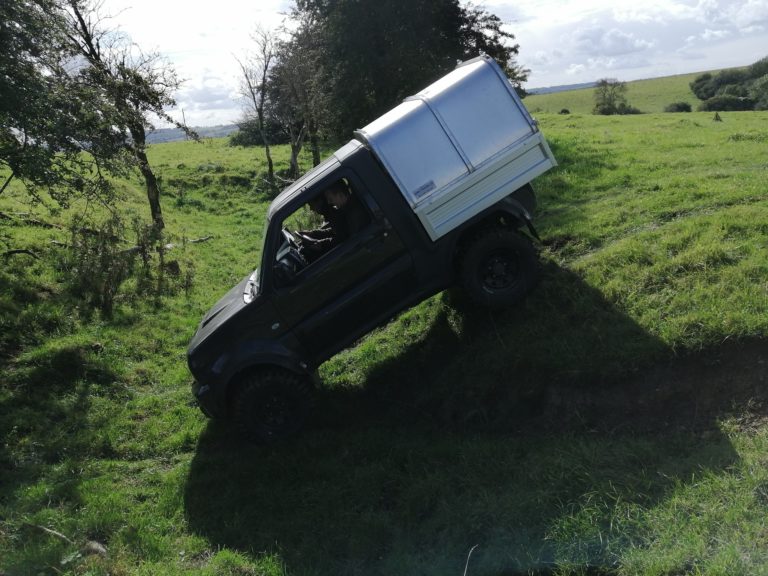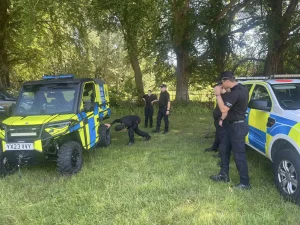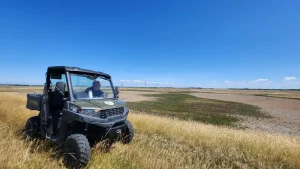
Developing In-House Expertise: Qualsafe 4×4 Instructor Training with SWASFT HART Team
At Beyond Driving, we specialise in building the skills of emergency service teams, ensuring they can operate confidently and safely in the most challenging environments.



